|
Although this is an older post, it's a great birding reference and relevant to this time of year. It's been a while since our last post with a flurry of tours and a busy beginning to the New Year! It has also been a wonderful time for learning and exploring! Recently we had the incredible opportunity to join other Beach Watch volunteers on a Bodega Bay birding expedition with birder extraordinaire & author of the Identification Guide To North American Birds (Parts I and II), Mr. Peter Pyle of the Institute for Bird Populations (IBP)! Peter Pyle is the ultimate BIRDMAN and is an incredible wealth of knowledge - not to mention a great teacher and guide! His passion and patience truly inspires others to explore and learn more! I love this kind of energy and I latch onto it like a dog to a bone! We toured all along Bodega Bay - a wonderful area to see loads and loads of different bird species. Their numbers are overwhelming! To be among such a vast diversity of species is amazing… it makes you truly appreciate the special region in which we live. Peter and the many great guides from the Farallones Marine Sanctuary provided us with great tips on identifying and aging bird species - both alive and deceased (for those of us that conduct the Beach Watch surveys). A short list of some of the species we saw: Whimbrel, Willet, Godwits, Sanderlings, Western Sandpiper, Dunlin, Eared Grebe, Horned Grebe, Western Grebe, Common Loon, Red-necked Grebe, Ruddy Duck, Common Golden Eye, Brant goose, all sorts of Gulls, Pelicans, Cormorants AND MORE! Here is a brief slide show of the day and below this I provide some helpful hints on identifying the common species (and winter species) we see here along our coast! Are you interested in taking a class with Peter? His next class will be Birding by Feather - Molt Workshops See his web page for dates and details! THE WILLIT: These guys run along the shoreline bobbing and stabbing at the sand. They have a long straight bill and long grey legs… but are most easily identified (whether in winter plummage or not) by the black and white wing bands when in flight. Willet Adult in flight
THE WHIMBREL: This bird can be confused with the Long Billed Curlew (see pic of curlew following the picture of Whimbrel below). The best way to confirm it's a Whimbrel is by the distinctive stripes in plumage along the crown and through the eye. That's how I tell the difference! Adult Description
Immature Description: Similar to adult, but back with light spots, crown stripe less distinct, breast more buff, and with finer streaking on neck and chest.
THE DUNLIN vs the SANDERLING (Winter Plumage) - We see these two birds during the winter months before they migrate to north to breed in the spring/summer. These two can be very confusing to distinguish. Making a mental note of a few helpful hints, though, can make all the difference. Below are comparison pictures of their non breeding plumage (what we will see during the winter months). Here are some tips:
DUNLIN vs SANDERLING - BREEDING PLUMAGE - the big thing to notice between these two - can you guess? It's the big black patch on the underside belly of the DUNLIN WESTERN SANDPIPER: This is another that has a very similar winter plumage to that of the Dunlin & Sanderling…. so what's the difference? The WESTERN SANDPIPER has a smaller bill and is smaller in size than the DUNLIN…. also - always remember the "smudge" on the shoulder of the Sanderling (see above). This will help you distinguish between the WESTERN SANDPIPER and the SANDERLING as you look for them during the winter months along the shoreline. Here is a great picture I found that shows the WESTERN SANDPIPER in front of a DUNLIN (in the back). Note: The bill of the DUNLIN is 2/3rds larger than the WESTERN SANDPIPER … and the Western Sandpiper is about 1/2 the body size… Eared Grebe vs Horned Grebe (pronounced GR-EEEB) - these two are smaller than the Western Grebe and have a much smaller bill. They can be confusing to distinguish… so here are some tips… In this picture below both are in winter plumage. The Eared Grebe is on the Right (back) and the Horned Grebe is on Left (front). Eared Grebe Non-Breeding plumage ADULT
Here's another picture of the EARED GREBE - winter plumage - note how the rump is much fluffier than the horned.. Below is the breeding plumage of the Eared Grebe (Left) and Horned Grebe (on the RIght)
0 Comments
|
AuthorMadge Malone in her blogging zone! Categories
All
|


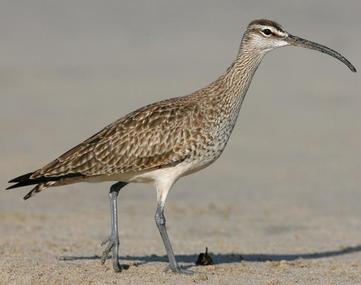
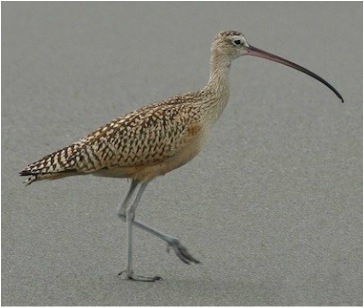


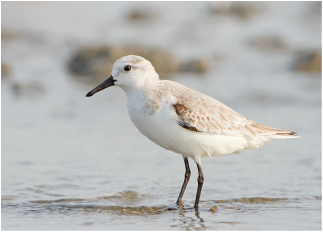
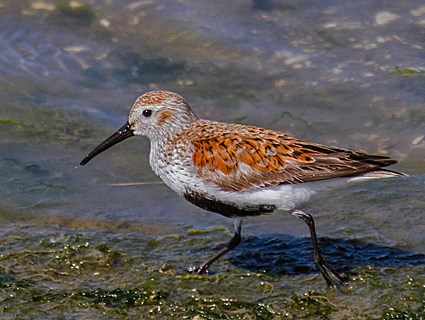
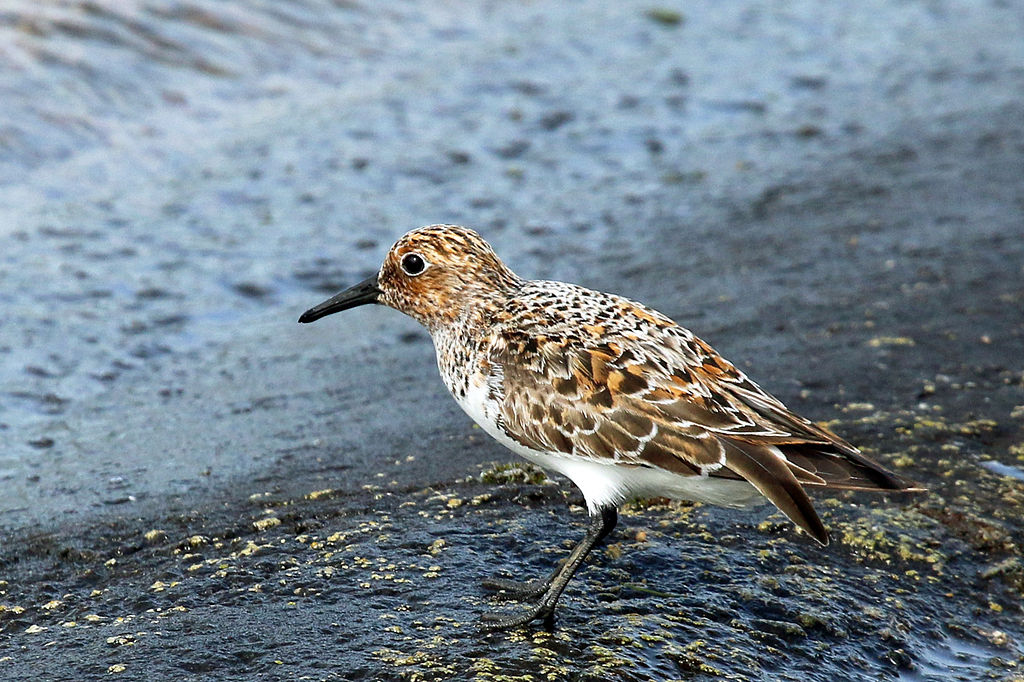
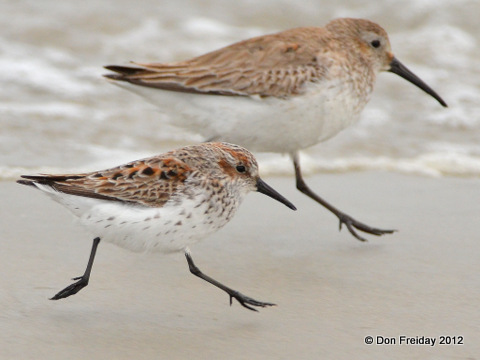




 RSS Feed
RSS Feed